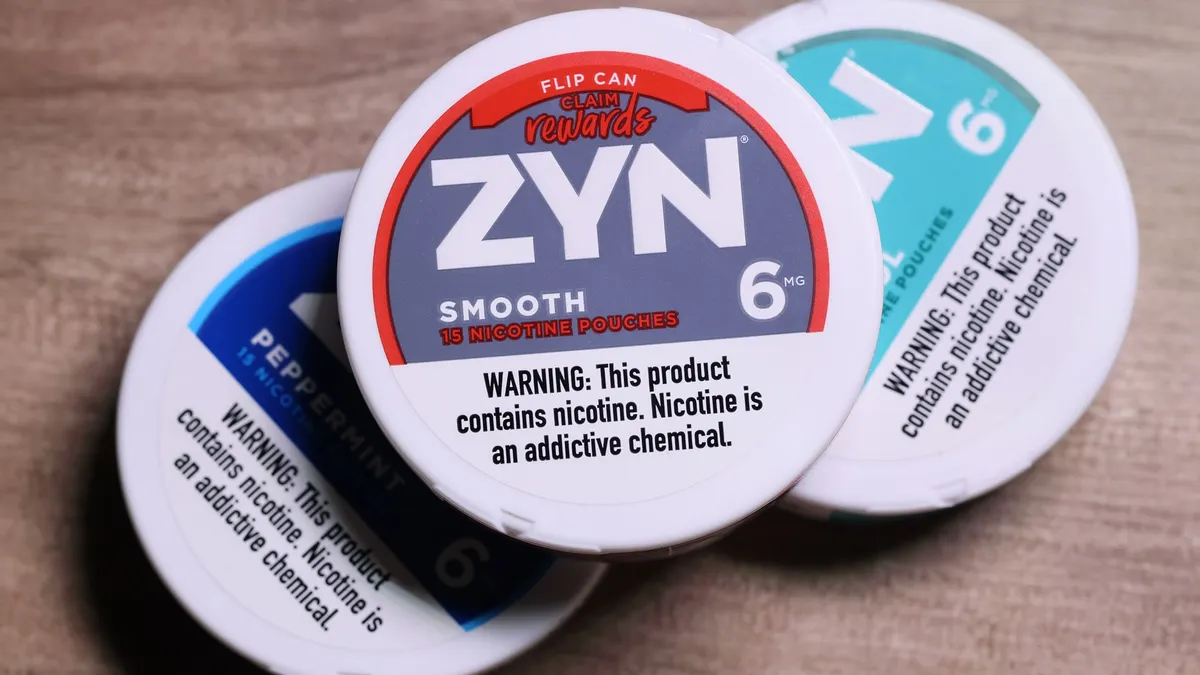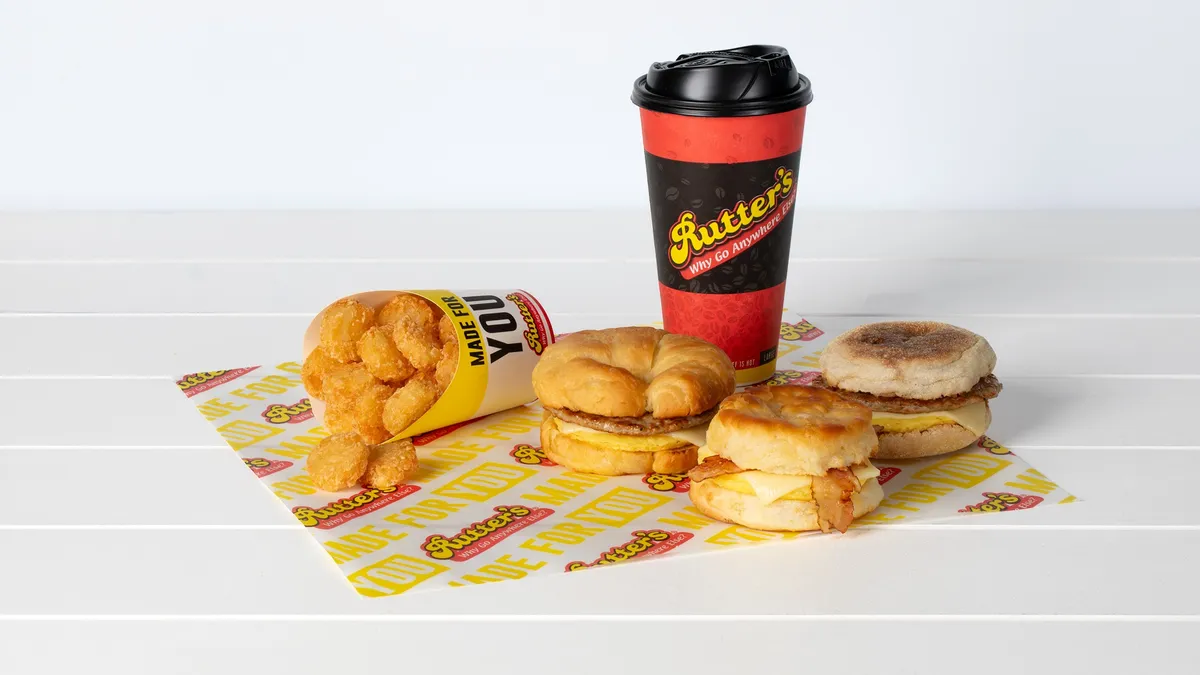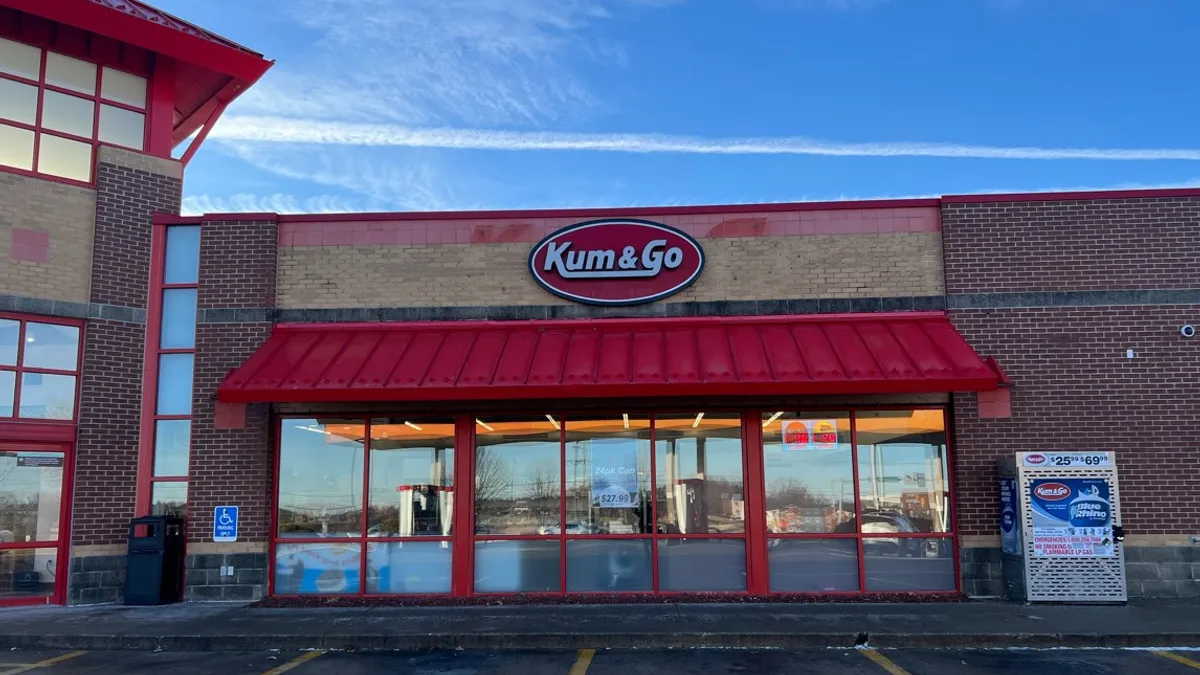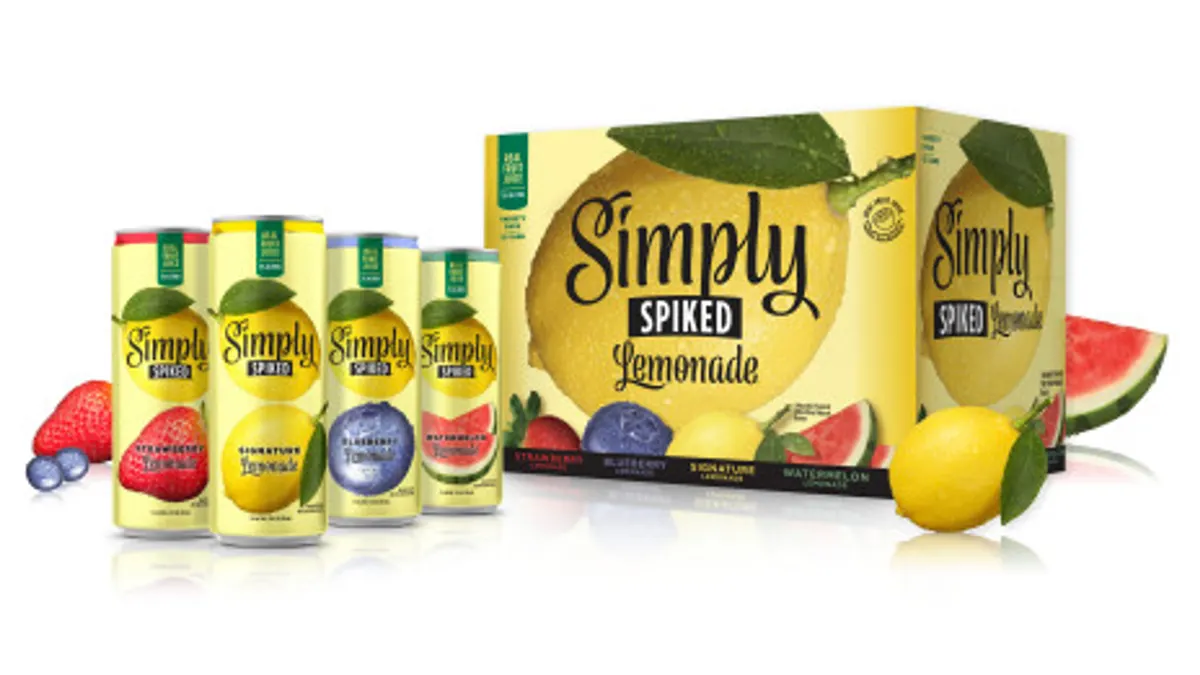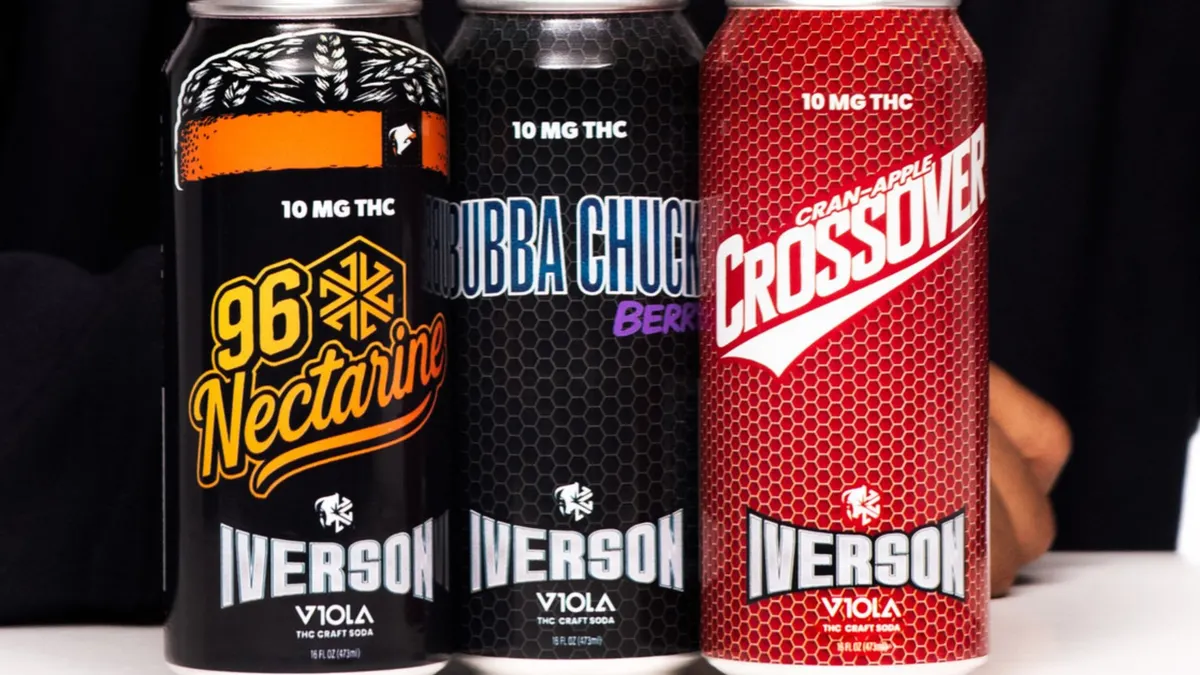While the news is fairly bleak for the overall nicotine category, c-stores are finding there’s a lot to like with new modern oral nicotine pouches.
Sales for this category spiked up 59% in c-stores last year, and during the first quarter total category sales rose 45% to $1.375 billion in sales, according to Circana.
New modern oral products accounted for 7% of total tobacco sales in all types of retailers last year, Circana found.
“New modern oral nicotine pouches are one of the few bright spots, continuing to expand rapidly as consumer preferences shift toward alternative formats,” said Boris Oglesby, executive vice president and practice leader, Alcoholic Beverages and Tobacco at Circana. “We expect to see the [new modern oral] category continue to grow exponentially as we saw in Q1 2025.”
Overwhelmingly, retailers are positive on the nicotine pouch category and are adding more shelf space for the products at the expense of all cigarettes except for the deep-discount options, Goldman Sachs analysts said.
Sales of cigarette and traditional smokeless tobacco, or snuff, meanwhile, continue to fall. Total nicotine sales declined almost 3% year-over-year in the first quarter of 2025 in c-stores as well as multi-outlets, which include mass merchants, grocery stores, and others, according to Circana.
C-store cigarette sales dropped nearly 5%for the quarter ending March 30, Circana found. Chewing tobacco and alternatives also declined around 4% to 5% during the quarter, and e-cigarette sales dropped by around 10%, per Circana.
Goldman Sachs analysts are “incrementally cautious on the U.S. tobacco/nicotine industry in the near term given increased pressure on the tobacco consumer from persistent inflation, pressure on discretionary incomes and tighter regulations,” they said in the firm’s first-quarter survey of retailers and wholesalers representing 48,000 U.S. stores.
Fifty-three percent of retailers and wholesalers expressed a more negative outlook on the overall category in the first quarter than last quarter, when only 26% felt more pessimistic.
“Unsurprisingly, respondents are seeing pressure building for the low-end consumer, pushing many to downtrade within cigs or to move away from cigs altogether (to cheaper non-combustible alternatives such as e-cigs, nicotine pouches or even illicit products,” Goldman Sachs said.

How c-stores can capitalize
To take advantage of consumers’ increased demand for NMOs, consistency and logical merchandising is key, Ogelsby said.
“Shoppers need to be able to walk into a c-store and see a similar merchandising set in order to find their brand and help the clerk navigate to their specific [new modern oral] product,” he said. Unlike traditional smokeless tobacco, new modern oral products come in a variety of nicotine strengths and flavors. As a result, retailers should use a “brand block plus flavor block within brand plus nicotine strengths in ascending order plus education at the store level” strategy before considering further discounting, Ogelsby advised.
“After that, using smart loyalty programs that can make shopper-specific offers is a great next step,” he said.
Nicotine pouches have been popular since they first hit the market. Sales of Zyn surged so much in 2024 that production could not keep up with demand, resulting in supply shortages and leading Philip Morris International, owner of the brand, to invest in expanded production.
The FDA’s authorization of the marketing of nicotine pouches sets the stage for continued rapid growth.
As a result of the move toward new modern oral, traditional smokeless tobacco sales are also likely to continue declining at a “greater than historical level,” Oglesby said.
A majority of retailers believe that broader economic pressures have caused consumers to change behavior, with downtrading becoming increasingly popular, according to the Goldman Sachs report.
In the overall nicotine category, retailers see most downtrading volume going to nicotine pouches (28% in the first quarter of this year, up from 19% in Q4 last year) and e-cigarettes (26% versus 31% in Q4), according to Goldman Sachs. And, while it is difficult to quantify, several retailers continue to believe significant volume is moving to illicit vapor, the firm noted.
In addition to new modern oral products, Ogelsby said c-store operators should be on the lookout for the U.S. release of Iqos heat-not-burn devices. The products will start rolling out in Austin, Texas, PMI announced earlier this year.
Editor’s note: This story was updated to clarify who owns Iqos.


